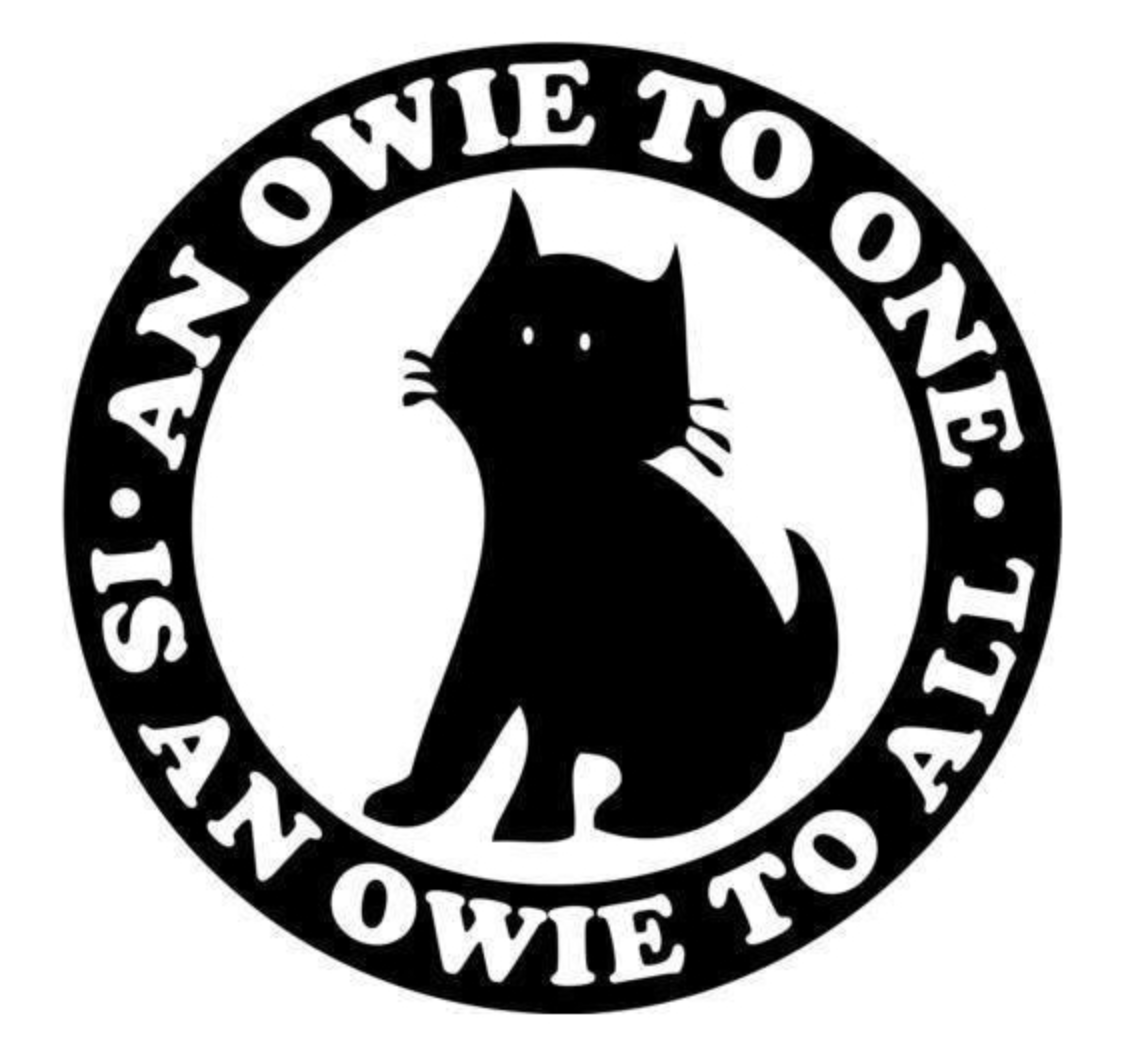In 1897, American explorer Robert Peary returned from his latest Arctic expedition to Greenland with an enormous iron meteorite, which he had taken from a small tribe of Greenlandic Inuit, the Inughuit. Also on board his ship were six Inughuit. Peary had convinced them to come with him to New York to be studied by the American Museum of Natural History in exchange for guns and tools. But soon after getting back to New York, Peary left on a promotional speaking tour. The six Inughuit never saw him again.
Within a few months of exposure to the warmer climate, four of the Inughuit — Qisuk, Nuktaq, Atangana, and Aviaq — had died of respiratory disease. And another, Uisaakasak, asked to return to Greenland on one of Peary’s ships. The only Inuk left was 9-year-old Minik, Qisuk’s son. The museum officials told Minik they buried his father’s body, but that was a lie. They had actually stored Qisuk’s remains inside the museum to study.
Minik grew up in New York and went by the name Mene Wallace. In 1907, he learned the truth about his father and publicly pleaded with the museum to return Qisuk’s remains to him so he could give him a proper burial, but the museum refused. Minik eventually returned to Greenland on one of Peary’s ships in 1909 and needed to relearn Inughuit customs and his native language, Inuktun.
The American Museum of Natural History kept the remains of the four Inughuit who died in its care until 1993. Today, there is no mention inside the museum of Minik or the other five Inughuit brought to New York in 1897. The giant meteorite Peary took, however, remains a signature exhibit.


